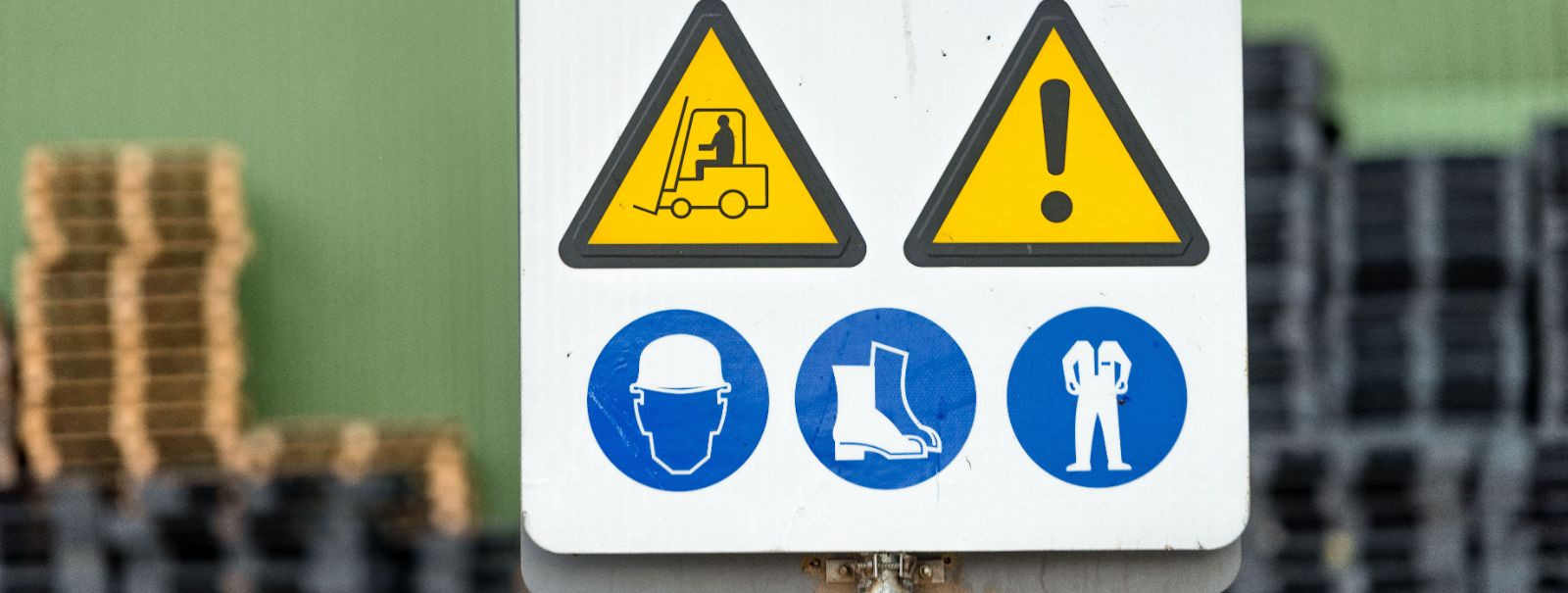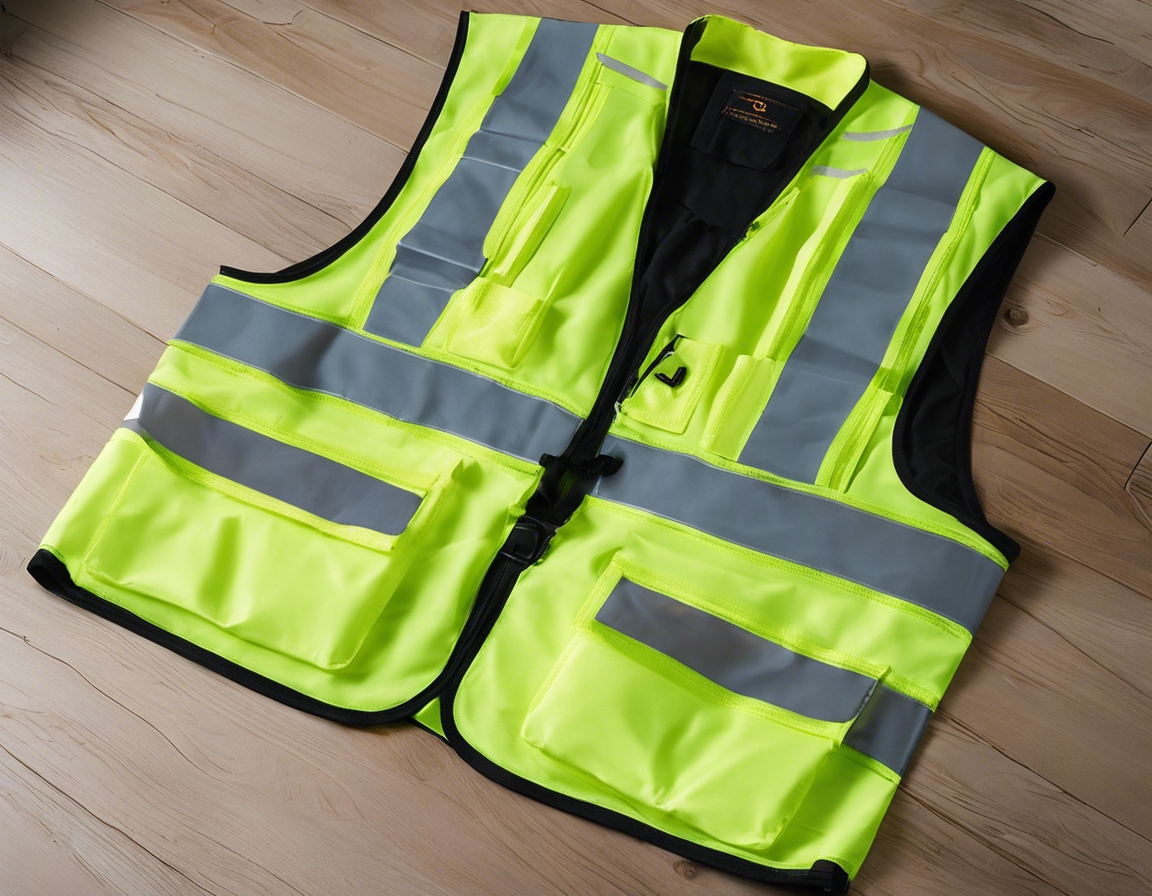Building a proactive safety culture at work
A safety culture at work refers to the shared beliefs, practices, and attitudes that exist within an organization to prioritize and improve safety performance. It's an integral part of the organizational culture and reflects the true commitment to safety at all levels.
Developing a proactive safety culture is essential not only for compliance with health and safety regulations but also for the well-being of employees. It leads to reduced workplace accidents, lower costs related to injuries, and enhanced reputation among stakeholders and the community.
Key Elements of a Proactive Safety Culture
Leadership is the cornerstone of a proactive safety culture. Leaders must demonstrate a genuine commitment to safety, which is visible through their actions and decisions.
Engaging employees at all levels ensures that everyone has a stake in the safety program and that their insights and experiences are valued in shaping safety policies.
A proactive safety culture is never static. It requires ongoing evaluation and enhancement of safety processes to adapt to new challenges and opportunities.
Comprehensive training and education programs are vital to ensure that all employees understand their safety responsibilities and how to perform their tasks safely.
Open and effective communication channels are necessary for reporting hazards, discussing safety concerns, and sharing safety knowledge throughout the organization.
Steps to Building a Proactive Safety Culture
Understanding the current state of safety culture within the organization is the first step in building a more proactive one. This involves gathering data, employee feedback, and observing workplace practices.
Clear and measurable safety goals and objectives should be established to guide the organization's safety efforts and to provide a benchmark for success.
A detailed safety plan that outlines specific actions, responsibilities, and timelines is critical to implementing a proactive safety culture.
Putting the safety plan into action requires resources, coordination, and the participation of all employees.
Regular monitoring and review of the safety plan's effectiveness are necessary to identify areas for improvement and to make necessary adjustments.
Challenges in Cultivating a Safety Culture
Change can be difficult, and some employees may resist new safety initiatives. Addressing concerns and demonstrating the benefits of a proactive safety culture are crucial for overcoming resistance.
Consistency in applying safety policies and procedures is essential to maintain a strong safety culture. This includes holding all levels of the organization accountable.
Developing metrics and indicators to measure the effectiveness of the safety culture is challenging but necessary to ensure continuous improvement.






Comments (0)